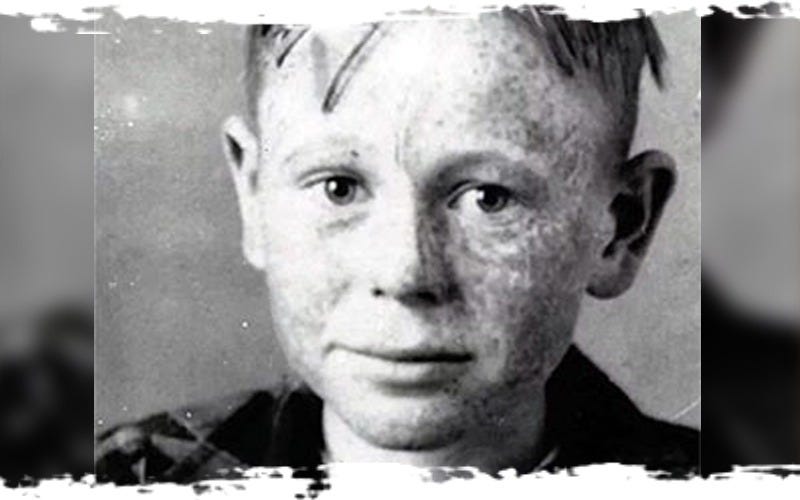In the heart of rural Wisconsin, the dark past of Edward Theodore Gein—one of America’s most infamous killers—has resurfaced, revealing a childhood marked by horror and isolation that may explain his descent into madness. As authorities continue to delve into Gein’s life following his arrest in 1957 for the murder of Bernice Warden, chilling details about his upbringing have emerged, painting a disturbing portrait of a boy shaped by neglect and abuse.

Gein, 51 at the time of his arrest, was apprehended in a farmhouse that served as a grotesque museum of his crimes—shallow graves, dismembered remains, and furniture crafted from human skin. Yet, the roots of his depravity lie far deeper, entwined in the toxic soil of his childhood. Raised by a domineering mother, Augusta, and an alcoholic father, George, Gein’s early life was a crucible of emotional torment. Augusta, a fervent religious fanatic, instilled in her sons a fear of the outside world, forbidding them from forming friendships and isolating them on their sprawling farm.
As the investigation unfolds, it becomes clear that Gein’s relationship with his mother was both suffocating and twisted. After the death of his father and brother, Gein became Augusta’s sole caretaker, a role that some psychologists suggest warped his psyche. The bond he shared with her was fraught with resentment, as he oscillated between adoration and hatred for the woman who raised him in a hellish environment. Memories of his childhood haunt him, including a vivid recollection of being pushed down the stairs by Augusta—an incident that may have ignited his later quest for control through violence.

The isolation of the family farm, coupled with Augusta’s extreme beliefs about sexuality, left Gein unprepared for the world outside. He was bullied relentlessly at school, and his attempts to connect with peers were crushed under the weight of his mother’s disdain. With no real friends and a home life that offered little solace, Gein turned to imaginary companions, a coping mechanism that may have foreshadowed his later detachment from reality.
The gruesome details of Gein’s crimes, including his penchant for dismembering victims and wrapping their remains in butcher paper, echo the horrors he witnessed as a child in the family’s slaughtering shed. This exposure to violence, devoid of context, is believed to have influenced his later actions, earning him the moniker “the butcher of Plainfield.”

As the chilling narrative of Gein’s childhood unfolds, it raises unsettling questions about the origins of his monstrous behavior. The echoes of his past reverberate through the annals of criminal history, reminding us that the seeds of evil can be sown in the most unsuspecting of places. With each revelation, the true horror of Ed Gein’s life becomes clearer, leaving a haunting legacy that continues to captivate and terrify.





